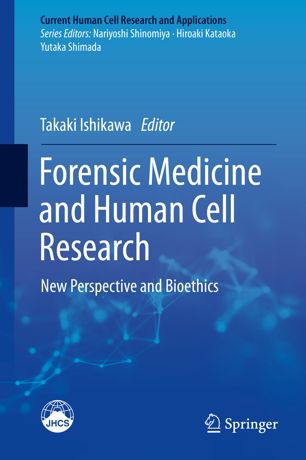

Most ebook files are in PDF format, so you can easily read them using various software such as Foxit Reader or directly on the Google Chrome browser.
Some ebook files are released by publishers in other formats such as .awz, .mobi, .epub, .fb2, etc. You may need to install specific software to read these formats on mobile/PC, such as Calibre.
Please read the tutorial at this link. https://ebooknice.com/page/post?id=faq
We offer FREE conversion to the popular formats you request; however, this may take some time. Therefore, right after payment, please email us, and we will try to provide the service as quickly as possible.
For some exceptional file formats or broken links (if any), please refrain from opening any disputes. Instead, email us first, and we will try to assist within a maximum of 6 hours.
EbookNice Team

Status:
Available4.7
16 reviewsThis volume reviews the application of biochemical and molecular pathologies, which are based on conventional pathomorphology, toxicology, and DNA analysis technologies, not only to autopsies but also to the field of clinical medicine in general.
The systematic and integrated use of biochemical, immmunohistochemical, and molecular pathology, toxicology, DNA analysis, and cell culture investigations reinforces the pathophysiological diagnostic criteria in a forensic autopsy for clinical diagnosis. The use of these technologies can help to determine the cause and process of death and characterize the functional pathophysiological changes in the body that occur during the death process. Recently, the systematization of the latest supplemental tests, diagnostic methods, and quality control has allowed us to conduct comprehensive data collection and analysis for a range of diseases.
This book presents the latest findings on the pathology of a broad range of human diseases, based on data concerning postmortem biochemistry and molecular biology collected from approximately 1000 people. Further, it puts forward a code of ethics for undertaking pathophysiological research and describes research techniques for uncovering pathophysiological mechanisms. As such, it offers a unique resource for researchers in the field of forensic medicine and pathology, and for clinicians.